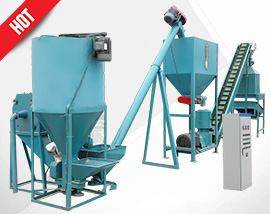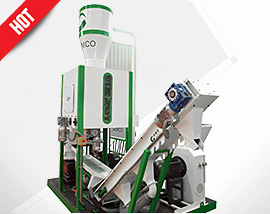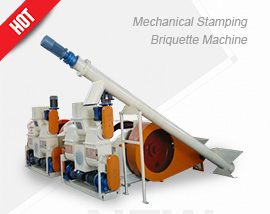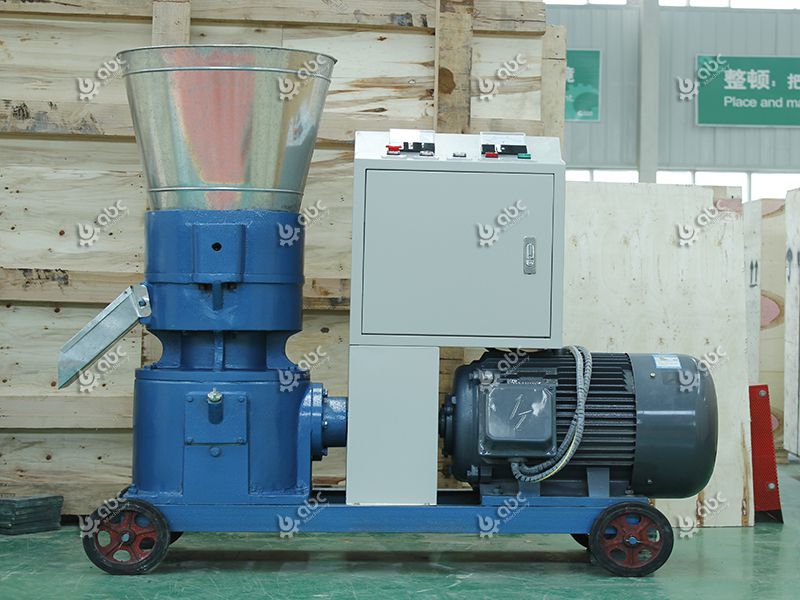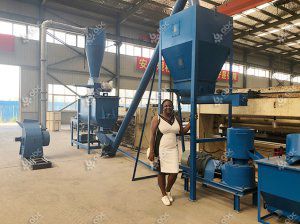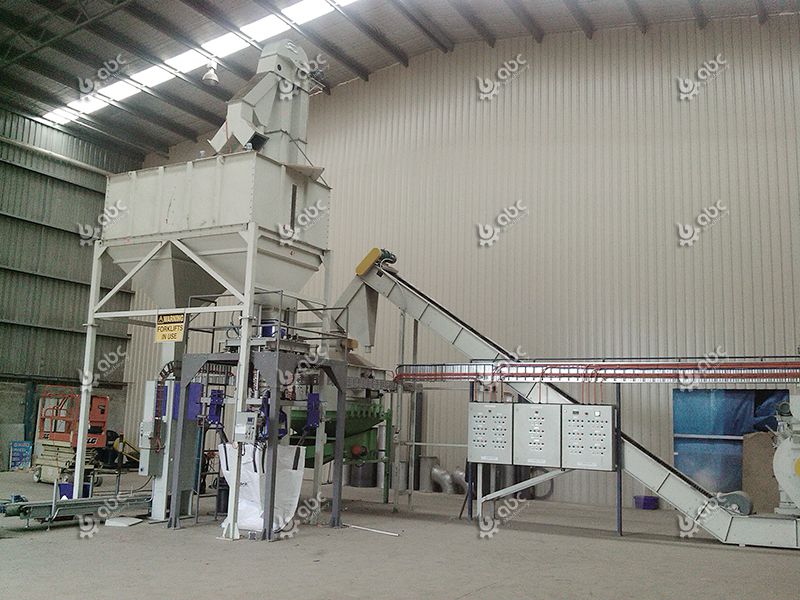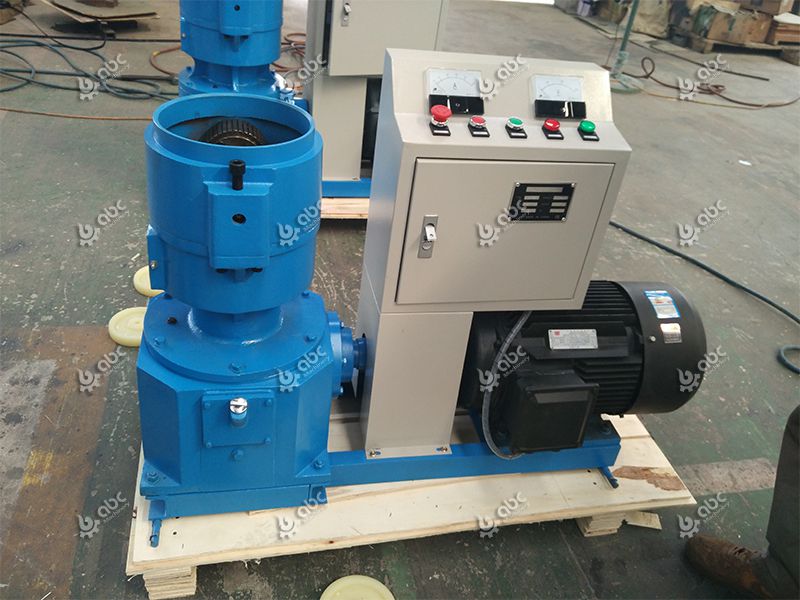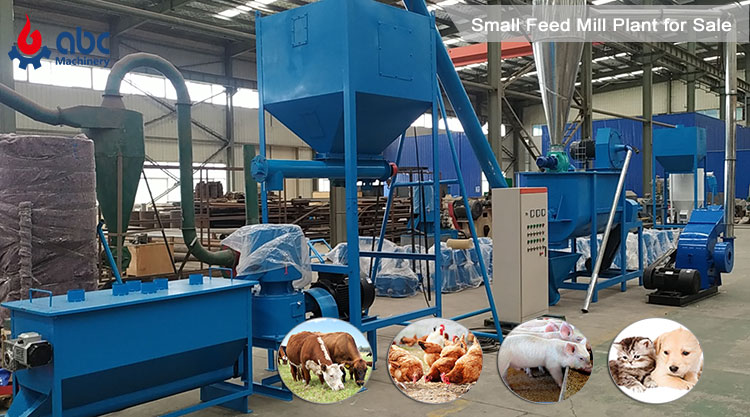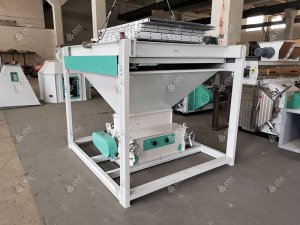Organic Fertilizer Processing: 3 Types of Fermentation Methods
The effective utilization of organic waste is a crucial aspect of promoting sustainable agricultural development. The fermentation process of organic waste is a common and effective method of utilization, as it can convert agricultural waste into organic fertilizer, reduce environmental pollution, and improve resource utilization.
In agricultural production, Conventional chemical fertilizers play an important role in increasing yields, but their long-term use may lead to a decline in soil quality and environmental pollution. In contrast, organic fertilizers not only provide nutrients, but also improve soil structure, promote microbial activity and contribute to the balance of the ecosystem. This article will guide you to explore the 3 types of organic fertilizer fermentation process. Struggling with agricultural waste? Intrigued by organic fertilizer fermentation and innovative equipment? Look no further! Contact us at ABC Machinery for expert guidance and sustainable solutions.
3 Types of Organic Fertilizer Fermentation Process for Agricultural Waste
1.Pile Fermentation Process:Streamlined and Effective Techniques
The pile fermentation process is a common method of fermentation treatment. It involves mixing agricultural waste such as manure and straw into a mixture, which is then piled into long strips or rhombic piles on soil or concrete surfaces. Under aerobic conditions, microorganisms decompose and ferment the materials. This process is advantageous due to its low equipment investment and operating costs, simple technology, and easy operation. During the process of pile fermentation, there are two crucial considerations to keep in mind:
-
Pre-designing the Dimensions of Composting Materials in Advance
The dimensions and configuration of the piles can be customized according to the volume of composting materials. Nevertheless, pile fermentation presents certain limitations, including elevated pile height, a relatively expansive land footprint, and an extended composting cycle. When conducted outdoors, pile fermentation may emit odors and be susceptible to adverse weather conditions such as precipitation. Therefore, it is advisable to undertake pile fermentation within rudimentary greenhouses to facilitate odor capture and mitigation.
-
Employing Natural Ventilation and Regular Agitation
The oxygenation process during pile fermentation primarily relies on natural ventilation, which is engendered by the heat generated through fermentation or facilitated through forced ventilation via aeration conduits. Additionally, regular agitation of the compost is imperative to foster thorough fermentation and maturation.
Common implements for compost agitation encompass wheeled and tracked self-propelled screw turning machines, traction screw turning machines, and self-propelled or traction chain plate turning machines.
2. Trench Fermentation Process:High-Speed, High-Efficiency Factory Production
The trench fermentation method stands as a widely employed technique in the realm of fermentation treatment. It entails the placement of pre-treated agricultural waste, such as straw and manure, within elongated and slender channels designated as "trenches" for fermentation. Typically, the width of these fermentation trenches spans from 4 to 20 meters, with depths ranging between 10 to 2.5 meters, while the length remains adjustable to suit requirements.
|
Merits |
Drawbacks |
|---|---|
|
Substantial processing capacity, |
Elevated investment costs for infrastructure and equipment |
The trench fermentation processes are categorized based on the continuous process of fermentation materials. These classifications manifest as continuous trench composting and whole-pool in-out trench composting.
-
Continuous trench composting orchestrates the displacement of fermentation materials through the manipulation of chain plate turning machines, thereby enabling the uninterrupted composting of said materials.
-
Conversely, whole-pool in-out trench composting entails the simultaneous placement of materials into the fermentation trench, followed by their aeration and pulverization via turning machines and oxygenation aeration systems. Subsequently, once fermentation concludes, the materials are removed for the initiation of the subsequent composting cycle.
3.Composting Reactors Ermentation Process
In today's society, with an increasingly enhanced environmental awareness, the treatment and utilization of organic waste have become pressing issues. In this field, composting reactors have attracted attention due to their efficient conversion methods and versatility. As a device that integrates waste treatment, storage, and fermentation, composting reactors have unique advantages and significant application prospects in the field of organic waste conversion.
Diverse Types of Composting Reactors Composting reactors come in various types, each with its unique working principles and application scenarios. These include vertical composting fermentation towers, horizontal composting fermentation drums, simple warehouse-type composting fermentation chambers, and box-type composting fermentation pools, among others. Each type of composting reactor exhibits its own advantages and characteristics when processing different types of organic waste.
-
Vertical Composting Fermentation Tank
Vertical composting fermentation towers usually consist of 5~8 layers and adopt a closed structure, . The working principle involves mixing fresh organic waste with fermentation agents, lifting them to the top of the tower through a feeding system, and then gradually entering the fermentation chamber layer by layer. During the fermentation process, mechanical movements such as flipping and ventilation are employed to gradually move the composting materials downward within the tower, completing one cycle of fermentation. Vertical composting fermentation towers ensure the activity of microorganisms at each layer and maintain suitable fermentation conditions through a forced ventilation system, thereby achieving efficient organic waste conversion.
-
Horizontal Composting Fermentation Drum
The main equipment of horizontal composting fermentation drums is a drum with a length of 20-35m and a diameter of 2-3.5m. In this device, waste relies on friction with the inner surface of the drum to ascend and then fall down by gravity in the rotating direction. Through continuous flipping and contact with air blown in by a fan, waste undergoes aerobic microbial decomposition and fermentation inside the drum. Horizontal composting fermentation drums achieve uniform fermentation and efficient conversion of waste through oxygen supply systems and fresh air at the discharge end.
Although composting reactors of different types have differences in working principles and equipment structures, they all possess the capability to process organic waste and achieve varying degrees of automation, intelligence, and mechanization. The emergence of these devices not only improves the efficiency of organic waste treatment and shortens processing cycles but also reduces the generation of secondary pollution, making positive contributions to environmental protection and resource utilization.



